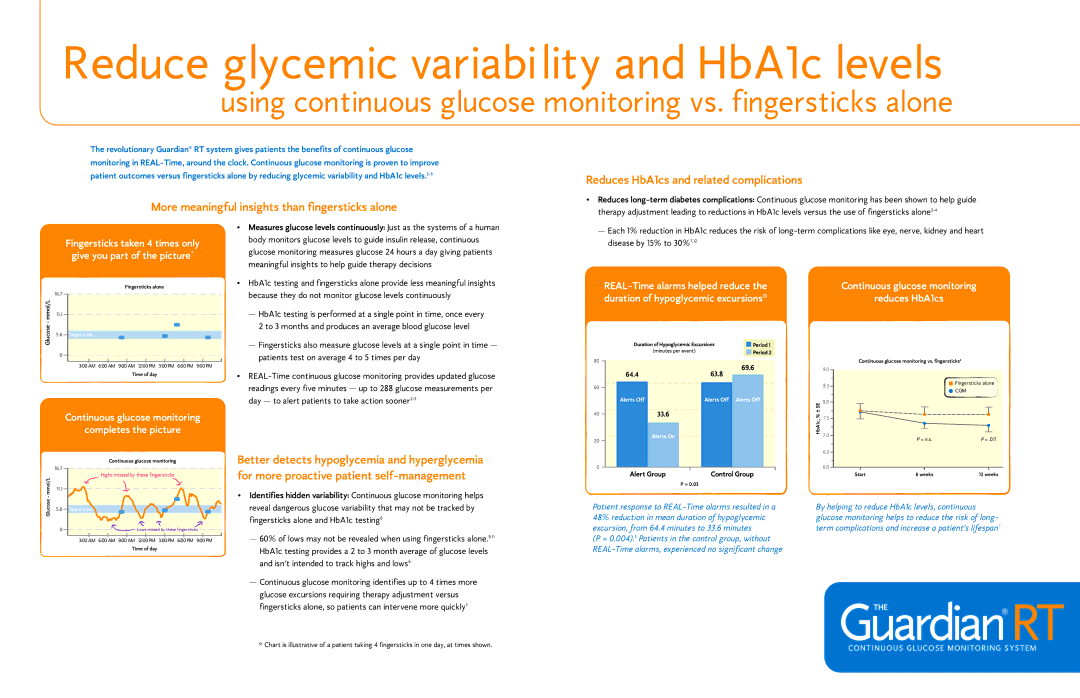Glucose Monitor specifications
Guardian Technologies has been pioneering advancements in diabetes management with the introduction of its state-of-the-art Glucose Monitor. This innovative device is designed to provide users with a comprehensive and efficient way to monitor their glucose levels consistently, promoting better health outcomes for those living with diabetes.One of the standout features of the Guardian Technologies Glucose Monitor is its exceptional accuracy. Utilizing advanced sensor technology, the monitor delivers precise glucose readings that are imperative for effective diabetes management. The device boasts a fast response time, allowing users to receive results within seconds, which is crucial in making timely decisions regarding insulin administration and dietary choices.
Another key characteristic of this glucose monitor is its connectivity capabilities. It features Bluetooth technology, enabling seamless synchronization with smartphones and other devices. This integration allows users to track their glucose levels in real time through a user-friendly app, where they can also log meals, physical activities, and medication. The app generates insightful reports and trends, empowering users to make informed decisions about their treatment plans.
The Guardian Glucose Monitor is also designed with user comfort in mind. Its compact size and ergonomic design make it easy to carry for on-the-go monitoring. The device is equipped with an intuitive interface, featuring a clear display that presents results in an easily understandable format. Efforts have also been made to minimize discomfort during testing, with a no-scrape lancet system designed to provide a gentler experience.
Another noteworthy aspect of the Guardian Technologies Glucose Monitor is its long-lasting battery life. Users can expect extended performance from the device, reducing the frequency of battery changes and allowing for uninterrupted monitoring.
Moreover, the device includes customizable alert systems that notify users of abnormal glucose levels. These alerts can be tailored to individual preferences, ensuring users can respond quickly to critical changes in their glucose readings.
In summary, the Guardian Technologies Glucose Monitor combines precision, connectivity, user comfort, and advanced alert systems to offer a comprehensive solution for diabetes management. Its user-centric design and innovative technologies make it a valuable tool for individuals seeking to maintain optimal glucose levels and enhance their health journey. As diabetes remains a global health challenge, the Guardian Glucose Monitor stands out as a beacon of modern technology aimed at improving quality of life for those affected.

